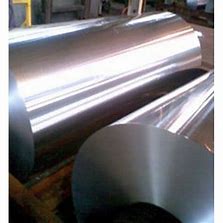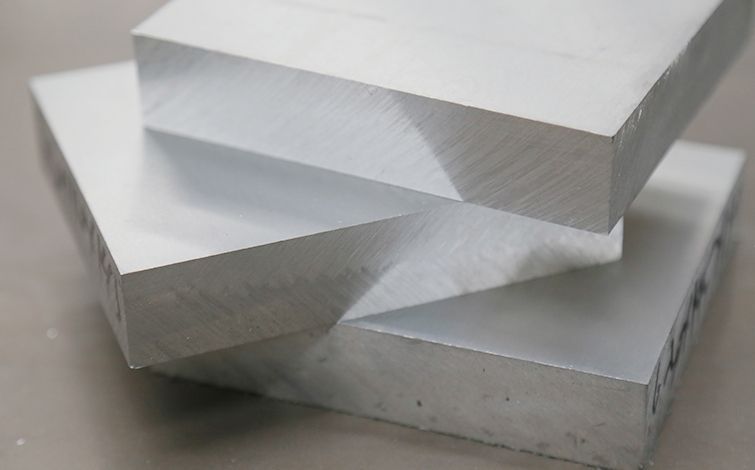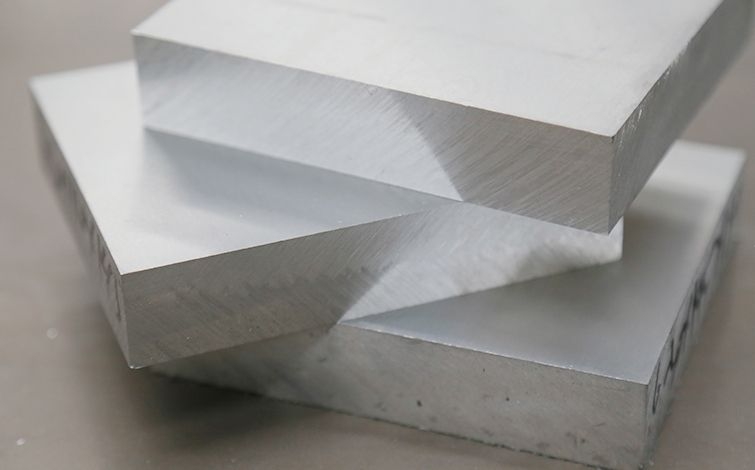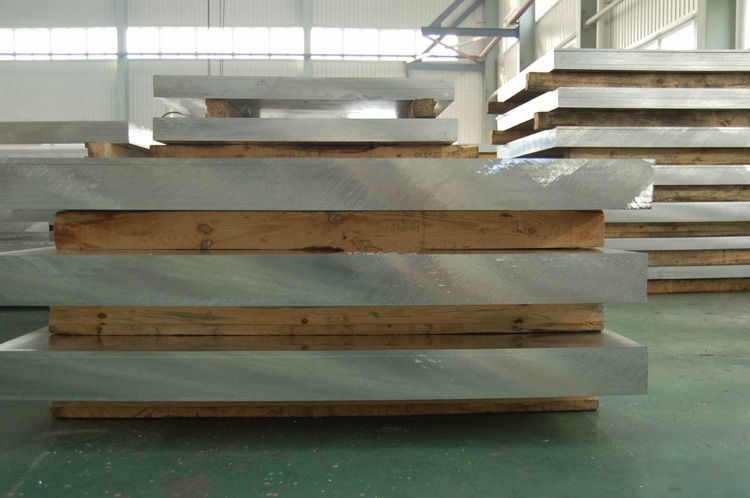



The reaction between aluminum foil and hydrochloric acid is one of the most common experiments in chemistry laboratories. This reaction is an exothermic reaction, which means that it releases heat. The amount of heat produced during the reaction depends on several factors, such as the concentration and amount of the acid used, as well as the surface area of the aluminum foil.

The experiment involves placing a small piece of aluminum foil in a beaker containing hydrochloric acid. When the two substances come into contact, they react chemically to produce aluminum chloride and hydrogen gas. The balanced chemical equation for this reaction is as follows:
2 Al (s) + 6 HCl (aq) → 2 AlCl3 (aq) + 3 H2(g)
The heat released during the reaction can cause the temperature of the reactants to increase. This temperature difference can be measured using a thermometer or a temperature sensor. The temperature rise is usually more noticeable when the experiment is conducted with higher concentrations of hydrochloric acid and larger surface areas of aluminum foil.
However, it is important to note that the reaction may not always produce a significant temperature change, especially if the reactants are not in large quantities or if the reaction is not carried out under controlled conditions. The reaction can also be affected by other factors such as the purity of the reactants and the environmental conditions in which the reaction takes place. For example, if the reaction takes place in a cold environment, the temperature difference may be more noticeable than if the reaction takes place in a warm environment.
It is also important to note that the reaction between aluminum foil and hydrochloric acid is a redox reaction. During the reaction, the aluminum loses electrons to the hydrogen ions in the acid, which are reduced to hydrogen gas. This reaction is an important example of a redox reaction in chemistry.
In conclusion, the temperature difference in the reaction between aluminum foil and hydrochloric acid depends on several factors, including the concentration and amount of acid used, surface area of aluminum foil, purity of reactants, and environmental conditions. While this reaction may not always produce a significant temperature change, it is an important example of a redox reaction and is widely used in chemistry laboratories for teaching and research purposes. And this is the passage on the topic "Temperature Difference in Aluminum Foil and Hydrochloric Acid Reaction". Should you have more questions, you can send us a message.
* Thank you for your inquiry. Please provide your business needs information so that we can better serve you.
This information can help us assign the most suitable person to solve your problem. We will give you feedback within 1-2 working days.
Related Blog







